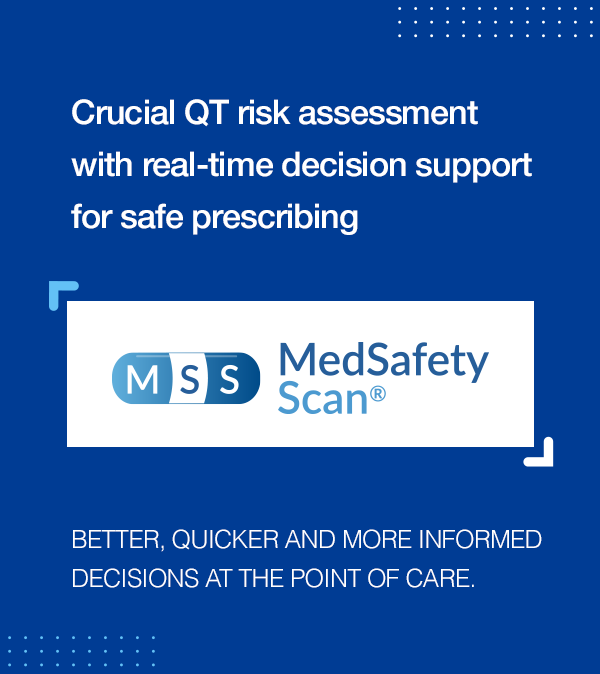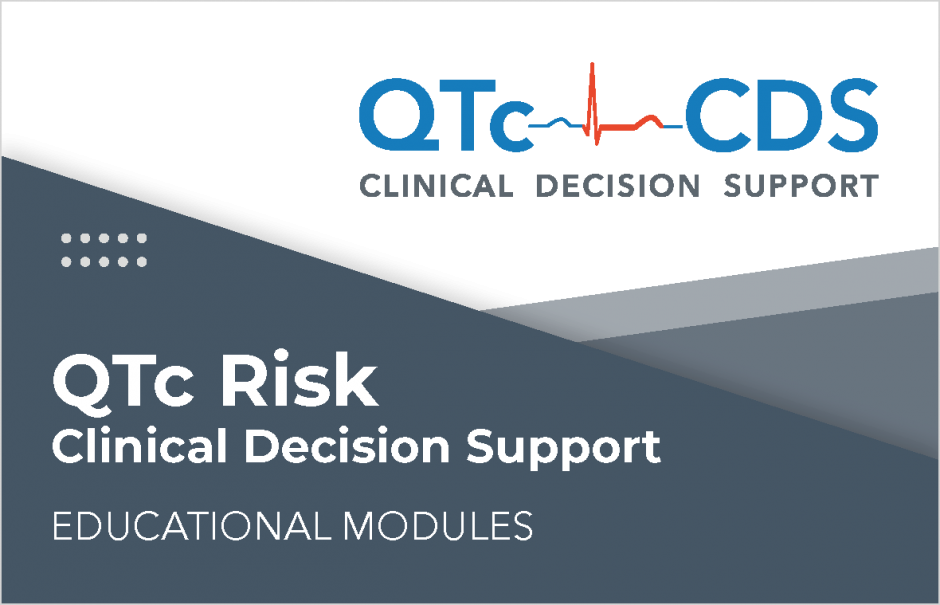St. John's Wort is associated with clinically important drug interactions
Updated February 18, 2000
St. John's wort (Hypericum perforatum) is a widely available dietary supplement. It is popular as an antidepressant. This use
has been the focus of recent clinical investigations.1 As a dietary supplement, it is available to patients without prescription or consultation with a physician or a pharmacist. The potential for clinically significant interactions is clearly demonstrated in clinical pharmacokinetic studies.2,3 Recently, several case reports have identified clinically relevant interactions between St. John's wort and prescription drugs.4,5These interactions, described in peer-reviewed journals, are summarized in Table 1. Interactions such as those reviewed here, should serve as a reminder that some herbal therapies have potential for drug interactions that can result in serious adverse effects. Open dialog should be established between patients and their healthcare providers including physicians and pharmacists regarding the use of herbal therapy in an effort to proactively prevent potential adverse interactions.
Table I.
St. John's wort and pharmacokinetic drug interactions
|
Drug |
Outcome |
Type of report |
|
Digoxin2 |
Reduced digoxin plasma concentrations. |
Controlled trial |
|
Indinavir3 |
Reduced indinavir plasma concentrations. |
Controlled trial |
|
Theophylline4 |
Theophylline dosage increase was required; dosage decrease was required on discontinuation of St. John's wort. |
Case report |
|
Cyclosporine5 |
Two cases of reduction in cyclosporine plasma concentration and acute transplant rejection. |
Case report |
St. John's wort has been associated with a reduction in theophylline plasma concentrations in one patient that required a more than 2-fold increase in the dose to maintain plasma concentrations in the usually therapeutic range.4 In that case, discontinuing the St. John's wort resulted in increasing plasma concentrations of theophylline, requiring a subsequent decrease in theophylline dosage. In two patients who had undergone heart transplant, clinically important interactions between St. John's wort and cyclosporine have been reported.5 In both cases, cyclosporine plasma concentrations fell below the usually therapeutic range, and acute transplant rejection occurred. Discontinuation of St. John's wort resulted in a return of plasma concentrations to a therapeutic range, and with treatment the rejection was resolved in both cases.
Clinical studies have evaluated pharmacokinetic interactions involving St. John's wort.2,3 A placebo-controlled parallel study evaluated the effect of St. John's wort extract LI160 on digoxin pharmacokinetics.2 Subjects were allocated to treatment groups balanced by age, sex, and weight. Compared to placebo (n=12), 10 days of co-administration of St. John's wort (n = 13) resulted in a 25% decrease in digoxin AUC(0-24) , a 26% decrease in peak plasma digoxin concentration , a 19% decrease in trough digoxin concentrations and a 33% decrease in digoxin concentration at 24 hours following the last digoxin dose. St. John's wort has also produced a similar effect on the pharmacokinetics of indinavir, a protease inhibitor.3 In 8 healthy volunteers, a 14-day course of St. John's wort resulted in a 57% reduction of indinavir AUC (0-8) following administration of indinavir every 8 hours for 3 doses, compared to indinavir given alone. The extrapolated concentration at 8 hours following the last dose of indinavir was reduced to ~10% of control. Thus, in pharmacokinetics studies, St. John's wort has reduced plasma concentrations of drugs in which maintenance of specific plasma concentrations may be important.
A potential mechanism for these interactions includes induction of drug metabolizing enzymes, particularly cytochrome P450 (CYP) isozymes by components of St. John's wort. Theophylline is metabolized by CYP1A2 and CYP3A,6 cyclosporine is metabolized by CYP3A,7 and indinavir is metabolized by CYP3A.8 The digoxin interaction was hypothesized to be due to induction of P-glycoprotein,2 although a potential role for CYP3A in digoxin metabolism has been reported.9 Reactions resulting from induction of metabolism by St. John's wort can potentially result in therapeutic failure if the two drugs are given concomitantly. Conversely, toxicity could occur if dosage is not adjusted appropriately following discontinuation of St. John's wort.
Further research is required to delineate the mechanisms for the observed interactions summarized above. Based on currently available information, the potential for St. John's wort preparations to result in reduced plasma concentrations of other medications that are metabolized by cytochrome P450 3A, such as HIV protease inhibitors, cyclosporine, and oral contraceptives, must be considered by patients and health care providers.
For more information on drugs that are metabolized by CYP1A2 and CYP3A, please refer to www.Drug-Interactions.com.
a(p = .0035)
b (p = .0095)
c (p = .023)
d (p = .0023)
e (p = .0008)
f (p = .027)

- Linde K, Ramirez G, Mulrow CD, Pauols A, Weidenhammer W, Melchart D. St. John's wort for depression - an overview and meta-analysis of randomized clinical trials. British Med.J. 1996;313:253-58.
- Johne A, Brockmöller J, Bauer S, Maurer A, Langheinrich M, Roots I. Pharmacokinetic interaction of digoxin with an herbal extract from St. John's wort (Hypericum perforatum). Clin.Pharmacol.Ther. 1999;66:338-45.
- Piscitelli SC, Burstein AH, Chaltt D, Alfaro RM, Falloon J. Indinavir concentrations and St. John's wort. Lancet 0 AD/2/12;355:547-48.
- Nebel A, Schneider BJ, Baker RK, Kroll DJ. Potential metabolic interaction between St. John's wort and theophylline. Ann.Pharmacother. 1999;33:502.
- Ruschitzka F, Meier PJ, Turina M, Lüscher TF, Noll G. Acute heart transplant rejection due to Saint John's wort. Lancet 0 AD/2/12;355:548-49.
- Ha HR, Chen J, Freiburghaus AU, Follath F. Metabolism of theophylline by cDNA-expressed human cytochromes P450. Br.J.Clin.Pharmacol. 1995;39:321-26.
- Kronbach T, Fischer V, Meyer UA. Cyclosproine metabolism in human liver: identification of a cytochrome P-450III gene family as the major cyclosporine-metabolizing enzyme explains interactions of cyclosporine with other drugs. Clin.Pharmacol.Ther. 1988;43:630-35.
- Koudriakova T, Iatsimirskaia E, Utkin I et al. Metabolism of the human immunodeficiency virus protease inhibitors indinavir and ritonavir by human intestinal microsomes and expressed cytochrome P4503A4/3A5: mechanism-based inactivation of cytochrome P4503A by ritonavir. Drug Metab.Dispos. 1998;26:552-61.
- Salphati L, Benet LZ. Metabolism of digoxin and digoxigenin digitoxisides in rat liver microsome: involvement of cytochrome P4503A. Xenobiotica 1999;29:171-85.
Return to Drug Interaction Advisory Index.











